- News
- Reviews
- Bikes
- Accessories
- Accessories - misc
- Computer mounts
- Bags
- Bar ends
- Bike bags & cases
- Bottle cages
- Bottles
- Cameras
- Car racks
- Child seats
- Computers
- Glasses
- GPS units
- Helmets
- Lights - front
- Lights - rear
- Lights - sets
- Locks
- Mirrors
- Mudguards
- Racks
- Pumps & CO2 inflators
- Puncture kits
- Reflectives
- Smart watches
- Stands and racks
- Trailers
- Clothing
- Components
- Bar tape & grips
- Bottom brackets
- Brake & gear cables
- Brake & STI levers
- Brake pads & spares
- Brakes
- Cassettes & freewheels
- Chains
- Chainsets & chainrings
- Derailleurs - front
- Derailleurs - rear
- Forks
- Gear levers & shifters
- Groupsets
- Handlebars & extensions
- Headsets
- Hubs
- Inner tubes
- Pedals
- Quick releases & skewers
- Saddles
- Seatposts
- Stems
- Wheels
- Tyres
- Health, fitness and nutrition
- Tools and workshop
- Miscellaneous
- Buyers Guides
- Features
- Forum
- Recommends
- Podcast
feature
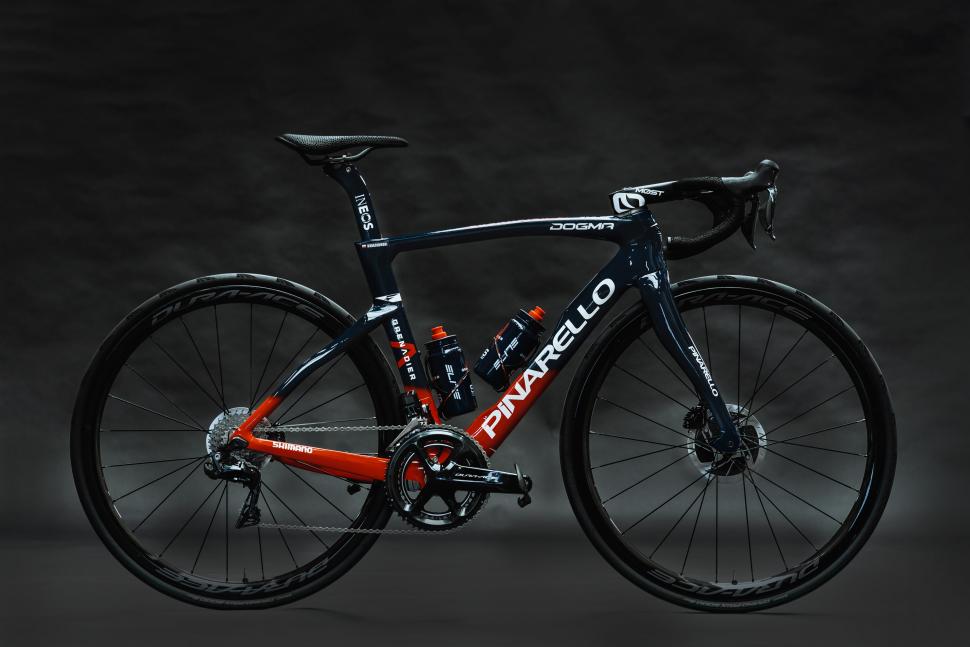 2021 Pinarello Dogma DiskBrake Grenadiers PRBX_03833
2021 Pinarello Dogma DiskBrake Grenadiers PRBX_03833Does the bike industry really want to force you on to disc brakes?
Team Ineos Grenadiers’ announced earlier this week that it is switching from rim brakes to disc brakes, the final UCI WorldTeam to do so; have the pros made the change as part of a cynical ploy by the bike industry to get more money out of you?
Why do we ask that question? If you look on social media you’ll see accusations that the bike industry is promoting disc brakes on road bikes simply to increase profits and that forcing pro teams to use discs is all part of the plan. This is an idea that has been rolling along for years and doesn’t seem to go away, so we thought we’d do some fact-checking. We’re not going to go into technology or performance here, but into what’s driving the market.
Of course, there are those who’d have you believe that road.cc and the rest of the cycling media is in on this disc-brake conspiracy too. If that’s you, you might as well stop reading because, well, what's the point if everything here could be a tissue of lies?
First off, are disc brakes being forced on a reluctant pro peloton? There was certainly some opposition in the early days with several riders claiming that injuries had been caused by rotors back in 2016, and Chris Froome provoked headlines much more recently when he said, “I don't think the technology is quite where it needs to be.”
It’s hard to judge pro riders’ opinions because they usually talk positively about sponsors’ products for obvious reasons, but we’re certainly not hearing as many doubts expressed about disc brakes as we once did. Either most pros are now cool with them or the sponsors have managed to convince them to stay shtum.
Top-level pro teams started shifting over to disc brakes five years ago, so what has prompted Ineos Grenadiers finally to make the shift now?
“We are always looking at ways to improve our kit, technology and bike setup to ensure the riders have the very best options that are available,” said Carsten Jeppesen, Ineos Grenadiers’ Head of Technical Partners.
“Our relationship with Pinarello has always been grounded in a love of racing and innovation, and their work on the Dogma F Disc should enable our riders to race to their maximum.
“Working closely with Pinarello and Shimano, we will continue to develop the all-round disc package, optimising weight, the integration across Dura-Ace, and improvements in the quick release system.”
Let’s be honest, that’s a pretty vanilla statement that doesn’t explain much.
The more cynical might say that until the Dogma F Disc was launched earlier this year, Ineos couldn’t get a disc brake Dogma to an acceptably low weight, so it was forced to stick with slightly lighter rim brakes.
The Dogma F Disc frame kit (including seatpost, headset, fork, and Talon cockpit) is said to be 265g (21%) lighter than the disc brake version of the F12, and Pinarello reckons that a size 53, built up with Shimano Dura-Ace Di2 (R9100, not the recently launched R9200 version) and DT Swiss ARC1400 wheels, weighs 6.8kg (no pedals) – 6.8kg being the lowest permissible bike weight for racing.
What about the idea that the bike industry would rather have you using disc brakes rather than rim brakes to make more money out of you? Well, if a brand convinces you that your current bike is out of date and you need to buy a new one they’ll make cash, but do they get more money by persuading you to opt for a disc brake model?
A contact from the British arm of a major global bike brand – who didn’t want to be named for commercial reasons – said, “More money comes in when we sell a disc brake bike than a rim brake bike simply because, if they’re an equivalent spec, the disc brake bike costs more. It’s the same as in the mountain bike world comparing a full-suspension bike with a similarly specced hardtail because the retail price is higher.
“However, on the flip side, a disc brake bike takes longer to build. Routing hydraulic hoses internally, attaching them, bleeding the system… all this means that the assembly time is much longer for a disc brake bike, and we only have so many production lines and man-hours.”
In other words, according to our source, it's not as black and white as you might think because a manufacturer can assemble fewer disc brake bikes in a given amount of time.
Wilier’s Kevin Izzard makes a similar point.
“In terms of manufacture, there are no advantages to the factory in building disc brake bikes,” he said. “Disc brakes with hydraulic hoses and the requirement for bleeding etc are far more difficult and time-consuming to instal onto a frame than rim brakes.
“This is especially true with modern fully integrated frame/handlebar designs. Although discs are more expensive than rim brakes, the purchase price is also higher so, together with the extra assembly costs, there are no benefits in terms of profit margin when assembling disc braked bikes as opposed to rim.”
Everyone we’ve spoken to in the bike industry has argued strongly that the shift towards disc brakes has been driven by consumer demand rather than by marketing plans. Of course, you could argue that they would say that, wouldn’t they?
Shimano has just launched new versions of its two top-level road groupsets, Dura-Ace and Ultegra, and although both are Di2 (electronic shift) only, they’re each available with disc brakes and rim brakes.
“If you’re talking about business benefits then it’s about offering a wide customer choice,” said Shimano’s Ben Hillsdon. “The reason for both disc brakes and rim brakes within our product line up is to support current customer demands. We offer bike brands the components to match what they feel is the best bike for their customers’ cycling preferences. Consumers are making choices with their components (eg their brakes) to fit their cycling goals and our product developments reflect that demand.”
That’s the official line – changes to the market are consumer-led, according to Shimano.
Giant says that it could have made the TCR road bike disc-brake only when it redesigned the platform last year but figured there was still enough demand to make a rim brake option viable, especially given that there are fewer models out there from other manufacturers. Specialized’s Tarmac SL7 is now disc brake only, for example, as is the latest Trek Émonda. There are plenty of other examples.
On the other hand, many high-end road bikes are still available in both rim brake and disc brake versions, including the Ineos Grenadiers’ Pinarello Dogma F and the Colnago V3Rs ridden by 2020 and 2021 Tour de France winner Tadej Pogacar and his UAE Team Emirates colleagues, allowing consumers to choose between them directly.
Giant’s David Ward said, “We will continue to offer rim brake bikes as long as the demand is there. If we thought we could sell 10 different rim brake TCR models, that’s what we’d offer, but demand has shifted over the past few years.”
In model year 2020, Giant offered seven rim brake TCRs and two framesets in the UK, and nine disc brake TCRs and two framesets. However, a massive reduction in demand for rim brake bikes meant that it offered only two rim-brake TCRs and one frameset in the 2021 model year. Meanwhile, the number of disc brake TCR models in the range increased to eight complete bikes and one frameset.
The swing will continue for the 2022 model year; there is just one TCR complete bike with rim brakes – the Shimano 105-equipped TCR Advanced 2 at £1,999 – and one rim brake frameset – the TCR Advanced SL at £2,549. The rest of the range is disc brake.
Moving on to the Propel aero road bike, Giant decided to bring only disc brake models into the UK in 2021, even though the Taiwanese brand had a rim brake version available globally, simply because that’s what the market demanded. The fact that Giant has spent a lot of R&D time and money on a rim brake Propel and still doesn’t feel it worth importing into this country probably tells you something significant.
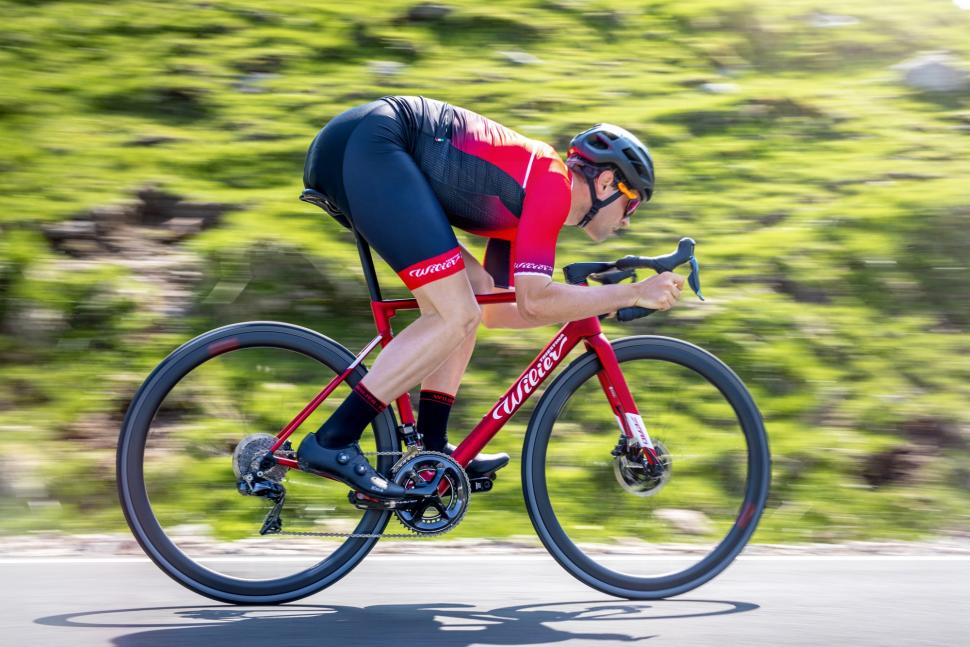 Similarly, when we went to a Wilier bike launch in 2019 the brand’s Claudio Salomoni told us, “We have already designed a Wilier Zero SLR with rim brakes, and started a pre-production version for our internal tests, but it looks like today's customer wants to buy disc brakes so there will probably be no market for the rim version.”
Similarly, when we went to a Wilier bike launch in 2019 the brand’s Claudio Salomoni told us, “We have already designed a Wilier Zero SLR with rim brakes, and started a pre-production version for our internal tests, but it looks like today's customer wants to buy disc brakes so there will probably be no market for the rim version.”
Although the Wilier Zero SLR Rim has been approved by the UCI, it has never come to market and, according to Wilier, isn’t likely to.
“Wilier was initially a somewhat reluctant entrant to the disc brake market, but has developed the new products purely in response to customer demand,” said Kevin Izzard. “In a remarkably short space of time, Wilier saw the market for rim brakes plummet and customers switched to ordering almost exclusively disc brake-equipped bikes.
“Wilier still produces some rim braked bikes, but to give you an example, the Cento 10 NDR is a frame that was designed to be built with either rim or disc brakes on the same frameset. Currently, only around 2% of sales are for the rim braked version, all the others are disc. This split is purely dictated by customer choice.”
Whether disc brakes offer a significant performance benefit on road bikes is a different – although related – discussion that we're not covering here, but our conversations suggest the idea that disc brakes are being forced on a reluctant bike buying public is a complete myth.
Mat has been in cycling media since 1996, on titles including BikeRadar, Total Bike, Total Mountain Bike, What Mountain Bike and Mountain Biking UK, and he has been editor of 220 Triathlon and Cycling Plus. Mat has been road.cc technical editor for over a decade, testing bikes, fettling the latest kit, and trying out the most up-to-the-minute clothing. He has won his category in Ironman UK 70.3 and finished on the podium in both marathons he has run. Mat is a Cambridge graduate who did a post-grad in magazine journalism, and he is a winner of the Cycling Media Award for Specialist Online Writer. Now over 50, he's riding road and gravel bikes most days for fun and fitness rather than training for competitions.
Latest Comments
- mctrials23 2 sec ago
What is this loophole I keep hearing about. Cyclists have been sent to jail when people have died as a result of their actions. Cyclists have also...
- Hirsute 3 min 38 sec ago
Satire is so hard all news thump could come up with was to assume all tweets will be community noted.
- OnYerBike 5 min 20 sec ago
The support pages seem fairly comprehensive - does this answer your auto-lapping question: https://support.hammerhead.io/hc/en-us/articles...
- OnYerBike 27 min 7 sec ago
Looking at Trek's sustainability "report" (more a glossy PR brochure if you ask me) that appears to be the problem they identified too: https:/...
- Kapelmuur 40 min 20 sec ago
The 'music' is the reason I don't attend 1 day cricket.
- polainm 1 hour 3 min ago
So, the 'right' to drive wherever one wants is more important than a human life....
- polainm 1 hour 12 min ago
Yep. Clerical error?
- ktache 1 hour 26 min ago
The intern at work just got himself a very practical central European bike, Dunlop/woods. Up to that point I had only ever saw them drilled into a...
- wycombewheeler 1 hour 28 min ago
that's a radical approach to road safety, it'll never catch on.

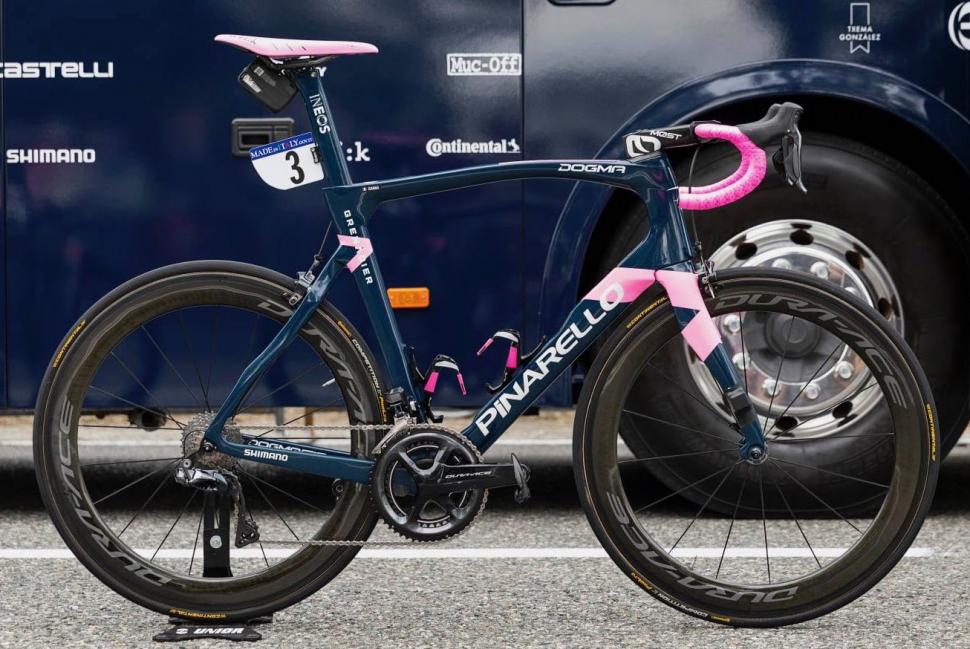

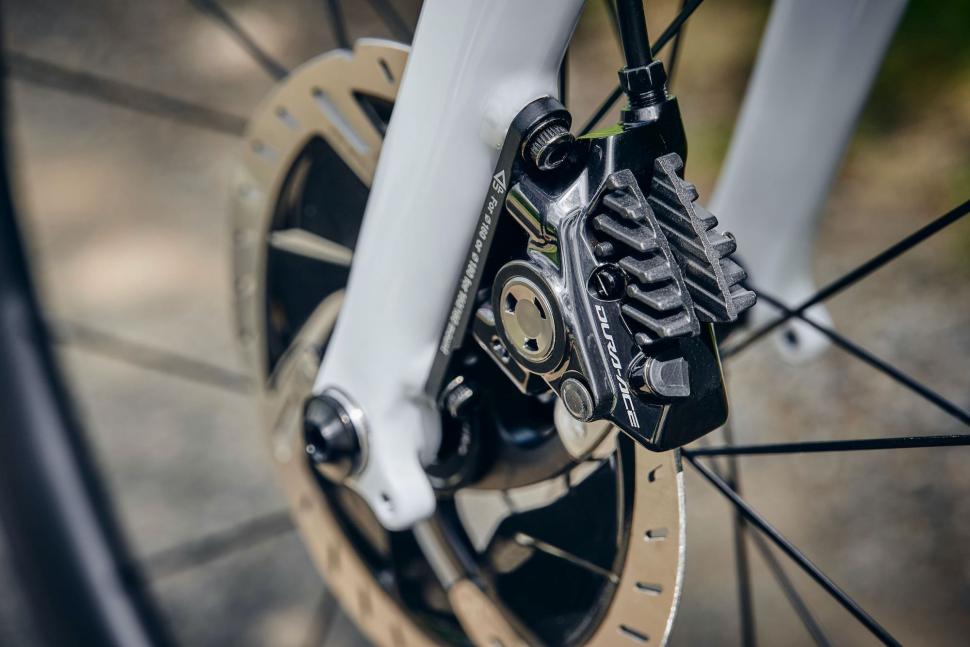
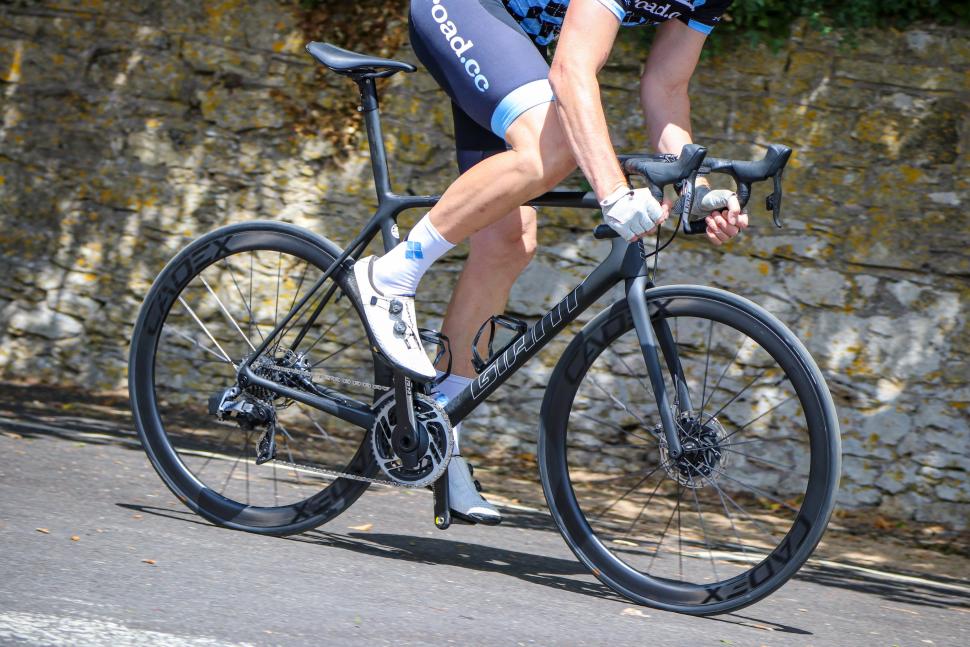
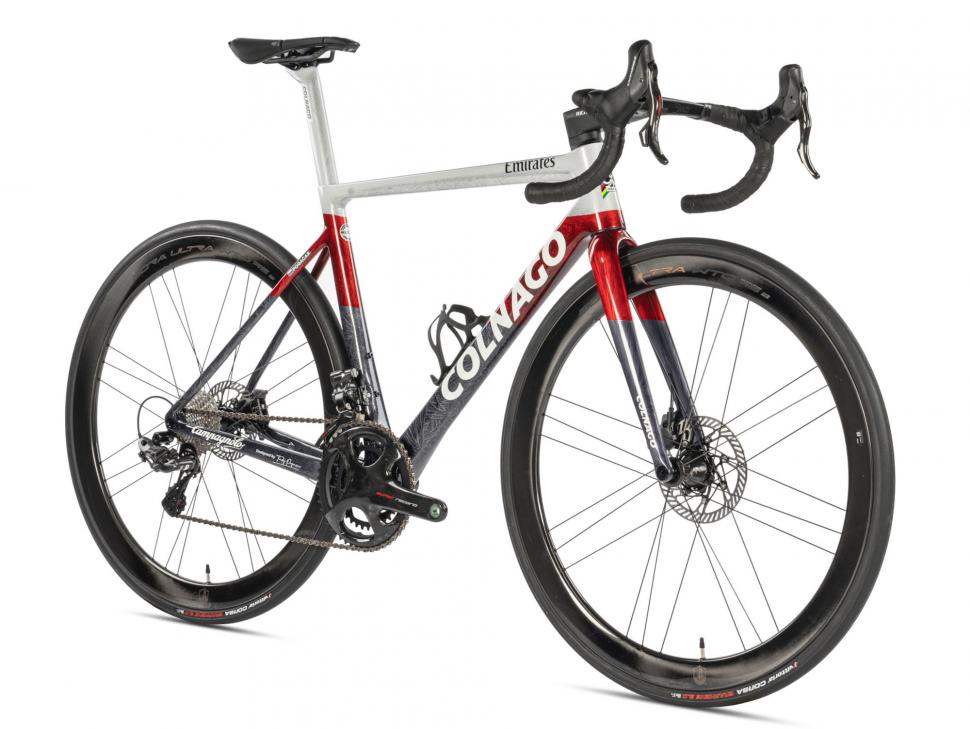
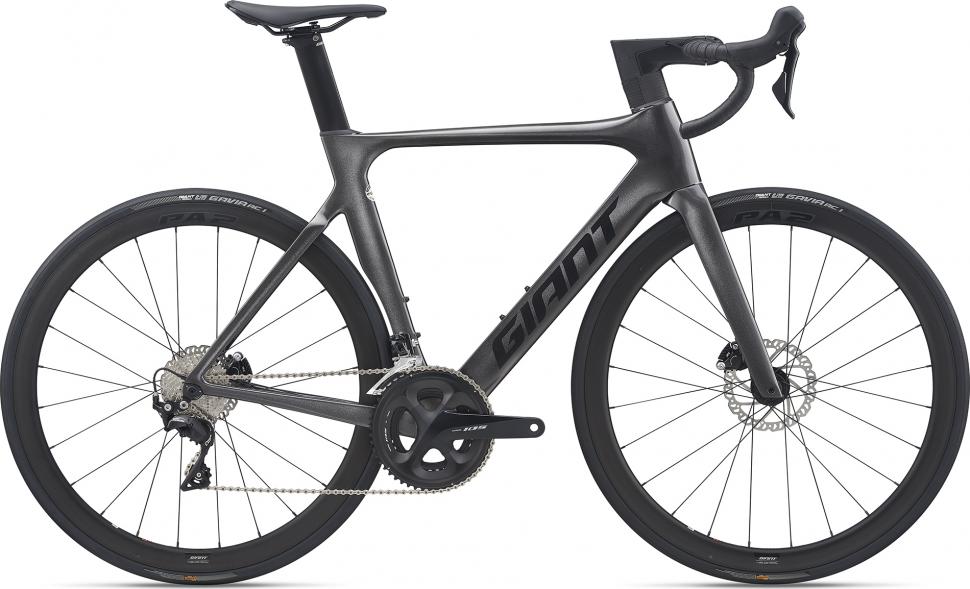
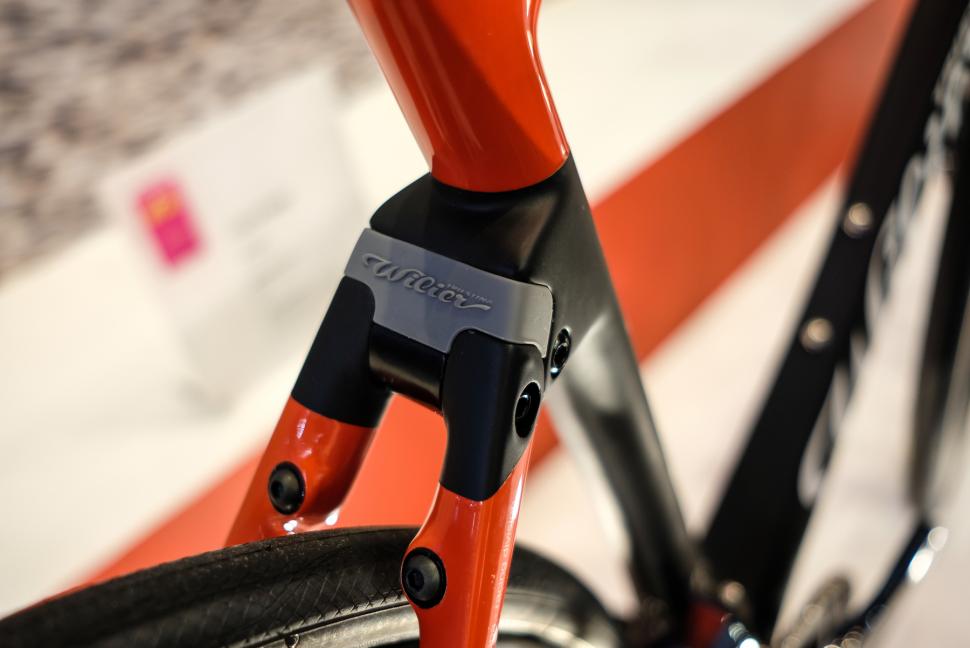
Add new comment
98 comments
I have hydraulic disc brakes and have never had maintenance problems with them. For sheer stopping power they can't be beaten. If youve never had them I'd recommend trying them
Also I have worn through several wheel rims using rim brakes
I would not return to rim brakes.
This. I do lots of miles in all types of weather and indeed, while using rim brakes I've worn through more than one set of rims, a couple of which cost a pretty penny at the time. If you get paid to ride or only ride limited mileage in fair weather, the above doesn't apply, else it adds up in maintenance costs.
Also, although I admit to never having used a really high end rim brake system, braking power simply doesn't compare favorably to my disc brake bike, especially in the wet. Never had problems with leaks, I ask a mechanic to change the fluid every 2 years and then I'm good to go. Never had any problem with disc brake pads either, with rim brakes I always found it a faff to dial them in just right.
This is a really good point. I've seen one video and heard of several other instances where carbon rims fail at high speed during a long decent, apparently due to the heat poured into the rim by the rim brakes when on a long winding decent. For carbon rims I would consider rim brakes to be extremely dangerous.
That's a very old wives tale. Modern brand carbon rims don't fail in these circumstances.
MTB Refugee is not incorrect. Neither are you when you speak of "modern brand carbon rims".
It's a resin issue. If the melting point of the resin used is too low, the heat buildup can make a rim desintegrate. (The heat buildup can also have adverse effects on tire pressure and can cause sudden tire failure.)
There are two ways you can prevent the resin issue: avoid situations that can cause the issue. Or buy decent brand rims.
Or swithc to discs. But there, too, you can get into overheating trouble if your discs are too small. And people also tend to forget that it is best to brake differently with discs. With discs it's best to learn to modulate and pulse brake.
Another thing disc users tend to forget: it is best to 'brake in' the pads.
And a final word about bleeding: you may get away with not bleeding for years. Then again, air bubbles can cause your brakes to suddenly do zip, nada, nothing anymore. Not exactly what you want when going downhill.
"Another thing disc users tend to forget: it is best to 'brake in' the pads."
Put them in. Cycle down the road. Brake a few times . thats it.
Brake HARD a 5-10 times. Yet people forget.
Sadly that's not true, I saw a brand new pair of Zipp carbon rims fail in Majorca a couple of years ago due to overheating. Admittedly it was a fairly novice rider braking a lot, but that's no excuse.....
The demand has shifted. Of course, I'd say, we're past the tipping point. People would be crazy still to invest in rim brakes if they notice that the number of rim brake models is becoming scarce (some pro oriented models and lower end models notwithstanding). People are switching, willingly or not. Look at the used market: if you want to buy a high-end carbon rim brake wheelset at a dumping price, now is the time. (Myself, I had a steel frame made and even though I favoured rim brakes because of their simplicity, the frame is disc-only. Purely to be future-proof. As a result, I couldn't just transfer my groupset.)
The integrated handle bar and internal cable routing thingy is of course "new" and complicates things for bike brands. But component manufacturers benefit. (Shimano can already argue that they gave bike brands center lock to work with instead of 6-bolt discs.)
And yes, what can be appreciated about disc brakes, is their stopping power (if you need it), all weather reliability and the option to roll on wider tires. But for simplicity and ease of maintenance, rim brakes any day. (Of course, it'll cost wheelsets over time.)
But for simplicity and ease of maintenance, rim brakes any day
After 55 years of rim brake adjustment and maintenance, I take the opposite view: TRP Spyre cable disc brakes are fantastic and are functionally better in all weather conditions and are easier and cheaper to adjust and maintain. Pads last a year- old ones out, new ones in, no adjustment or a small turn on each individual pad adjuster, no toeing-in rubbish and hardly any squealing, rims don't wear out (OK, so I experienced a collapsing disk brake wheel recently, but that was just a crap wheel). It may be different for pro bikes, but the change is clearly occurring there also. Disc brakes any day
Fully agree that mechanical discs may be the best of both worlds. But the industry is only using them as a low-cost-let's-still-have-discs alternative. Higher-end groupsets that support mechanical brakes are a dying breed.
Higher-end groupsets that support mechanical brakes are a dying breed
They may be, but lower end Sora 9-speed cable-cable is excellent, and you don't have to use the £35+ 12 speed chains with the chocolate side plates
I will say that, as someone who owns a disc-brake bike but is reluctant to shell out for hydraulic levers and brakes, Sora mechanical levers and simple cable discs brakes (Promax ones, as specced by Cannondale) have so far proven to be a perfectly acceptable alternative. I've been tempted by the TRP HY-RD hybrid cable/hydro brakes before but have never really seen the necessity.
TRP HY-RD brakes have most of the problems of full hydraulic brakes. If you want better braking go for Spyres - cheap and light.
I'm a big fan of full hydraulics, and have had a set on my CX race bike for years, and MTB for many more years. Only maintenance on the CX has been cleaning the mud out of the shifters, and pad changes, and they are still solid.
I agree on the TRP HY-RD. I aquired a bike with these on, and couldn't get them set up or effectively bled to give a decent braking force. I replaced them with Spyres, which are more effective, though not as good as my Rival hydraulic.
I certainly won't be buying a new bike with rim grinders on.
Paul's do an insanely high end mechanical disk, the Klamper.
You're relying on mechanical levers, which are doomed as well.
I agree. TRP Spyres are great. I'm just about to replace TRP HY/RD calipers on one of my bikes with them. I'm not a qualified bike mechanic but am a retired engineer so I often get bikes from friends to work on. One of the most common issues is disc brakes dragging due to one piston sticking. My "best bike" for summer riding has direct mount rim brakes. They're the nicest brakes of any of my bikes. But I've never ridden them in the wet...
There are a number of things that have been foisted upon us by "The Industry". Internal cables, integrated bar/stems, hidden cables/hoses in those bars, non-threaded bottom brackets, disc brakes. I'm not convinced any of those actually improve the cycling experience for the vast majority of us...
My friend is about to buy a low end hybrid/comfort bike. He will probably do a few hundred miles a year on it, at most. He's looking at a couple of Trek bikes (FX 1,) and the model with a front suspension fork and Tektro mechanical disc brakes is about £100 more than the one with straight fork and cantis.
My advice to him was the cheaper one. I see no advantage for him to get probably a mediocre suspension fork and mediocre disc brakes. His brake shoes and rims will be fine long after he's done with the bike. He's unlikely to ride in the rain. The bike comes with 35 mm tyres, so I doubt he'll need suspension on the roads and paths.
Contrary advice welcome. Which of these two would you suggest to a casual/occasional cyclist friend who is going to ride 5-10 miles at a time, in fair weather, on roads and paved trails?
https://www.trekbikes.com/us/en_US/bikes/hybrid-bikes/fitness-bikes/fx/f...
https://www.trekbikes.com/us/en_US/bikes/hybrid-bikes/fitness-bikes/fx/f...
Couldn't agree more. Suspension unnecessary here, though no big problem. But I have got some tektro mech brakes and they are a royal pain. Need adjustment every couple of days, either rubbing the disc or they don't start to stop until the lever is touching the bars. My rim brakes don't wear out the rim until 25000km, though it doesn't rain much where I live.
For the intended use, I'd accompany him and purchase a lightly used fitness bike for a song. Technically it'll likely be far superior to the bikes shown. Disc or rim for his use doesn't matter. But I'd ditch the triple, if there's one thing likely to trip him up then it's that.
Yes, I saw the triple and think it should be at most a double. Seven speed is meh, but it's at least Shimano and from my experience can be tuned to shift reliably. He's turned off used bikes, unfortunately, due to bad experiences. He won't consider a used car, either, but at least he's smart enough to keep them a decade or so, well after they're paid off.
Yeah, I mean, I had to change the pads on my disc brakes. That's 10 minutes of my life I won't get back. I'll probably have to do it again, next year. Dunno how I'll keep this up.
And can you bleed the brake hoses yourself, too?
I'm not a good mechanic but tbh. Ive changed multiple disk pads and never had to bleed a system. Sometimes need to spend a while pumping the brake to get the pressure back up thats it. Nowhere near the effort needed to get rim brakes set properly.
Also as I said if you cycle in the urban environment were hard stopping can be quite helpful go discs every time.
I've bled my brakes a couple of times (e.g. routing hoses through a new handlebar) and it's an easy enough job once you know where the bleed ports are.
Mineral oil or the aggressive DOT4 stuff?
I'm not sure if DOT4 is supposed to have any advantages over mineral oil when it comes to bicycle brakes, but since DOT4 is nasty stuff, and there is plenty of choice using mineral oil (Shimano, Tektro, Magura), I'd stick to mineral oil.
But as I say, I've yet to find the need to bleed the brakes - sounds mediaeval.
Reading the thread, it seems that people who have tried both are happy with their choice, caliper or disc, and are free to make that choice. In the end suppliers will doubtless back the winning horse. They "forced" us to use johnny-foreigner's 700c wheels after all, instead of our perfectly good 27" rims.
Shimano mineral oil
What effort is there is setting rim brakes up properly? Slide pads out (Shimano undo grub screw first), slide new pads in (Shimano tighten grub screw ) Spin the adjuster. Done.
Pages